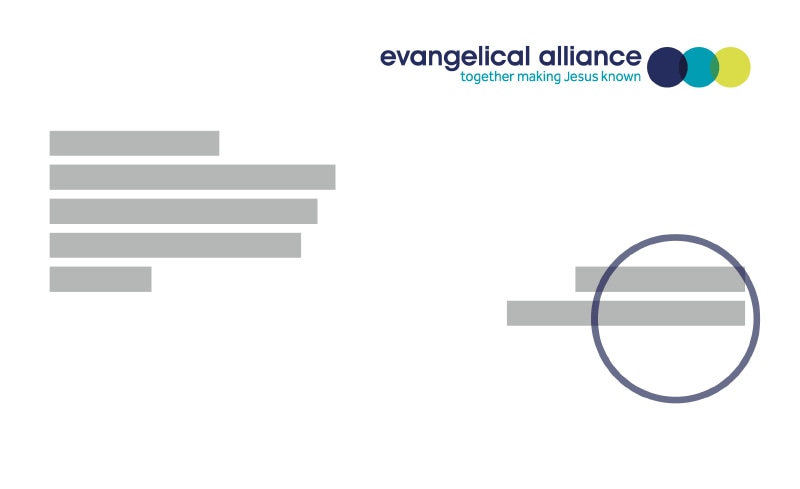When you look in the mirror, do you see the image of God? Put differently, what is the significance of your tastebuds? Your arms? Your genitalia? What is the place of your body and mine in the story of God?
I can’t say I’ve ever massively pondered the theological significance of my body. I’m certainly thankful to the Lord for it in general. I recognise that my body is a necessary part of my experience of the world, of what makes me, me, and so I am grateful to have it and for the fact that it by and large is in good working order. Like most people (I imagine – please tell me I’m not alone!), I have the odd gripe with how parts of it look and function, but on the whole, I think it’s a decent bit of kit.
Over the past few weeks, however, I have encountered two writers on a mission to disrupt and overhaul this understanding, the view of the body as a piece of kit. I’m still making my way through their work, but the key idea that has captured me so far in Christopher West’s Our Bodies Tell God’s Story and Nancy Pearcey’s Love Thy Body is the idea that my body is not incidental to my life of faith.
Instead, they suggest that a proper understanding of my nature as an embodied being is central to my participation in the story of God. Both writers approach this topic from different bases yet a prominent strand in both works is the notion that God has created a world where things matter, and our bodies are our most visceral representation of this fact.
The body and scripture
Scripture records that you and I, as human beings, are made in the image of God (Genesis 1:27). The creation account holds that God has made all things, that the transcendent and eternal God busies Himself with the plants and seas and dust of the earth, and yet within this unfolding story of artistry and wonder, the supernatural is localised in the human form, in the living person. God establishes human beings as iconic, representative of Himself. We have constituent parts, but it is in the integration of these parts that we find our being.
How is it that we represent God? How is infinitude captured in a finite frame?
A comprehensive answer to these questions is probably impossible to give and is certainly beyond the scope of this piece, but one of the answers offered by both West and Pearcey is that God expresses His purpose in our being.
In His detailed assembly of every piece of DNA, in His matching of the lower case of teeth with the upper case, in the correspondence between the male and female sexual organs, God is expressing His nature as one who acts with purpose. They bear out the belief that God’s design of the human body bears consonance with His design in the world, and they expound on the implications of this for how we understand our lives and the story of God.
Our bodies are designed to echo something of the big picture of the human story, the union of body and spirit and ultimately the union of heaven and earth, of redeemed humanity with God. Ephesians 5:21 – 33 tells us that marriage is, in a way, a trailer (a much abridged and truncated, yet representative version) of this all-encompassing drama. Of God’s action in human history. Of His redemptive work in Jesus.
And yet, as profound as this is for a married couple, marriage is not only a sign of the workings of God to married people. The depth of union that is possible within marriage is itself predicated on bodily distinction, on sexual differentiation between male and female. And so, even as I inhabit my (very unmarried!) present state, I see within my body the signs that God has made me to live beyond myself, and through the reality of sexual desire to understand that I myself am a marriage of body and spirit, designed for ultimate satisfaction in God.
The body gone wrong
I believe the interdependent nature of the body (both between its different parts but also within sexual union) captures some of the essence of what it means to be truly alive, to fully inhabit my nature as a person made in the image of God. I understand from this that we are not made to live solitary lives, weaning ourselves from our need for others, but rather that relationship and connection with God and others is a central, life-giving part of our embodied lives.
As beautiful as I believe this to be however, what does it mean when our bodily experience in the here and now is often a far cry from what we ultimately long and hope for – even as Christians? Be it through an overly critical or indulgent approach to the body, or issues of dysphoria and debilitating illness, in many ways we feel in our bodies that all is not as it should be.
Death, both physical (through the gradual decline of the body with age) and ideological (in the separation of our body from the core of our being) results when what should be together is instead separated. While we recognise the majesty of God’s work in creating us as embodied beings, since the fall we also feel our estrangement from God, the fallenness of our humanity, in our physical bodies.
This understanding should give us immense compassion for ourselves and others as we navigate the complexities of embodied existence, and in particular for those who don’t live with this understanding of what the body points to.
It should also clarify to us the truth and goodness of the life we were made for, which we can know now through the mercy of an incarnate saviour, and which awaits us in full in the age to come. The theology of the body is not primarily a matter of boosting my personal self-esteem but rather about rooting me in the story of God and enabling me to serve.
My body isn’t a piece of kit. Your body isn’t just a tool. It is in fact a book which daily conveys truths of who we are, and who we are made to be. Recognising this helps us honour God with our bodies (1 Corinthians 6:20) and helps us point those around us to the beautiful truths hidden (quite literally) before their eyes.
I hope you never look at your body in quite the same way again. I know I won’t.



